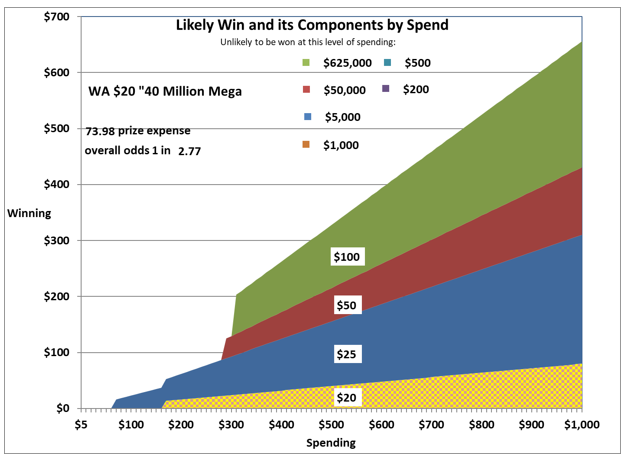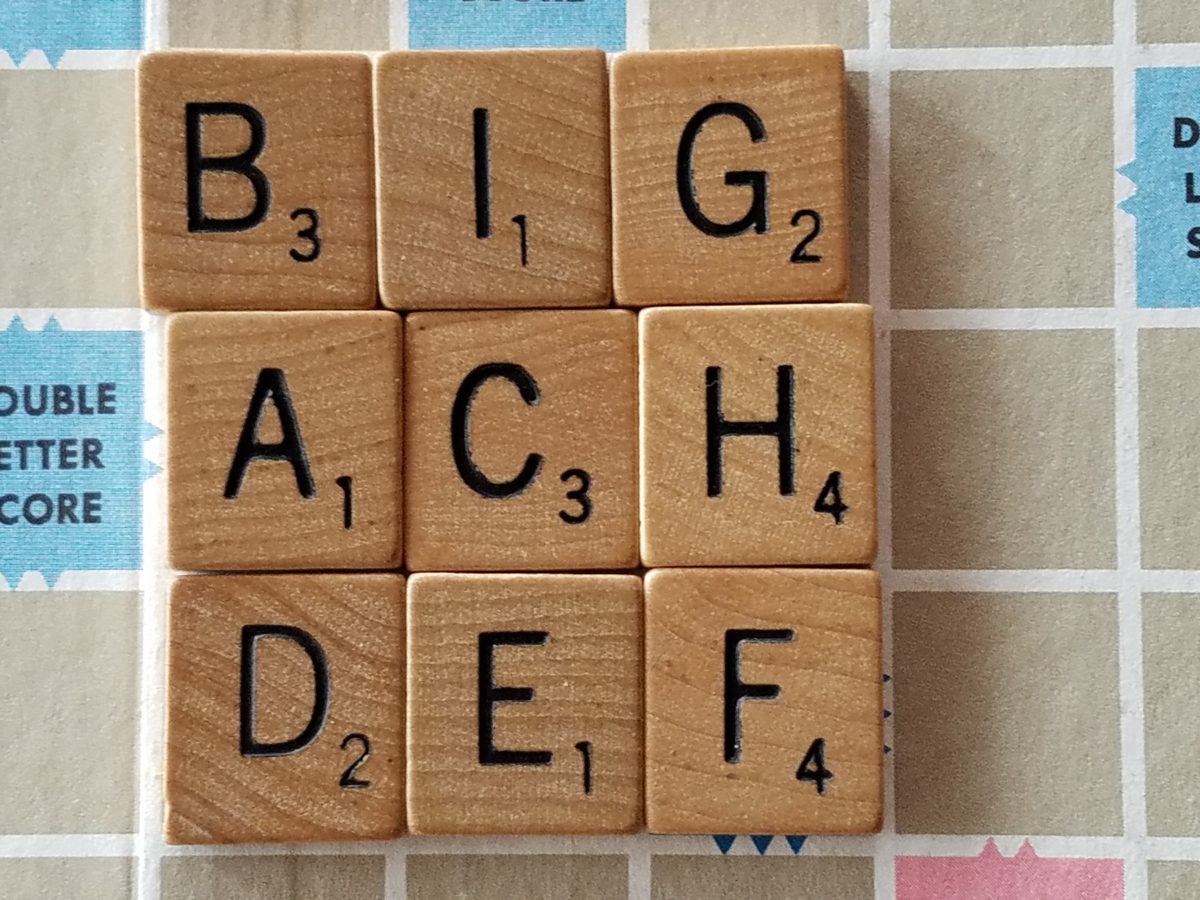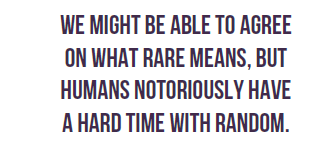We are a big deal, but not the biggest. We are growing, but not as fast as some. We are proudly part of a truly global enterprise that produces, on average, over $3 million in annual sales per employee. The World Lottery Association provides this perspective, in the form of its annual Compendium, reviewed in NASPL Insights February 2020.
Category: Uncategorized
Slowly expanding territory of lottery games
Thinking about lottery games structurally helps us to understand how true innovation might happen. Players, however, have their own ways of thinking about games – notions not to be corrected, but simply understood as we offer new things. The folk categories might have to twist or expand to accommodate things like ‘Fast Play’ -i.e. instant games that print while we watch. This and other innovations appear in NASPL Insights December 2019.
Essence of Instant Games
Instant games are manufactured products, rather than live performances. Their prize values can be distributed however best keeps players engaged, rather than by clear and simple rules as is the case with draw games. Small wonder that they have been the big success story of the past 50 years or so. Take the long view with me, in NASPL Insights June 2019!

A Long Perspective on Draw Games
Draw games in North America show the marks of their making, mostly in the 1980s. Running these games is a performance that plays to a dwindling audience. Yet there may be ways to engage people in new modes, as I suggest in NASPL Insights April 2019.
Real Gains through Simulated Play!
A new look for lottery
And I mean a new ‘looking for’ as well as a new ‘look’. Rather than sticking to game mechanics that have simple, obvious math defining the outcome probabilities, let’s ‘look for’ play value first. Get the probabilities by numerical simulation (teaching a computer to play). The grid above could be worth significant money, in the game I describe in NASPL Insights February 2019!
Random is hard
Humans have a hard time with the abstract concept of randomness, especially as applied to rare events. A truly random process distributes rare events less evenly than we intuitively expect. In the lottery world, this can lead to some players winning more than seems ‘reasonable’. This can lead people to mistrust the lottery. Mistrust is amplified if some players buy winning tickets at a discount, from players who do not wish to identify themselves to the lottery. Lotteries may need to act quietly to preserve public trust, as I discuss in the December 2018 NASPL Insights.
Risky Business – Time for Insurance?
Historically, state-sponsored lotteries have relied on the sheer volume of transactions, achieved through their monopoly status, to make the risk of paying big prizes reasonable. However, these advantages may be absent when a new game is started. Other businesses have developed risk-sharing mechanisms, including insurance against specific risks. ‘Synthetic’ lotteries like Lottoland have shown these can work in gaming. There maybe something to learn here, as I discuss in NASPL Insights August 2018.
Why Keno?
Keno, a traditional game with origins in Asia, is a busy game: from a huge cast of characters (numbers 1 through 80) it scrambles 20 across the stage every drawing. It looks complicated for the player, with several different types of bet available. And yet, it thrives better than most draw games in settings where there is an opportunity to play every few minutes. Why? The math of the game supports the hopeful intuitions of players, as I show in NASPL Insights April 2018.
KenoLinka, the New and Better Keno
The most important innovation in draw games in decades goes by the name “Link2Win”. These game refreshingly simple and visually appealing in appearance, but beauty is more than skin-deep in this case: the mathematical properties of these games provide advantages unlike anything else I have seen. For a glance, look here; for a more thorough discussion check out my article in Gaming Intelligence, March 23, 2018.
The Age of Lotto
Are classic lottery games like Lotto evergreen– that is, will they continue to thrive indefinitely? This depends on whether the player population can be sustained into the future.There are two schools of thought about this: 1) Lotto play is something a player ages into; young people coming up will sustain it, and 2) Lotto play is a thing of the past; young people will not join. Looking at historical data from Washington, I show that age groups that now account for a significant share of spending played a lot less years ago. However, the low level of engagement of the youngest age classes is unprecedented. The analysis supports hope but certainly not complacency for the future of these games. NASPL Insights February 2018


